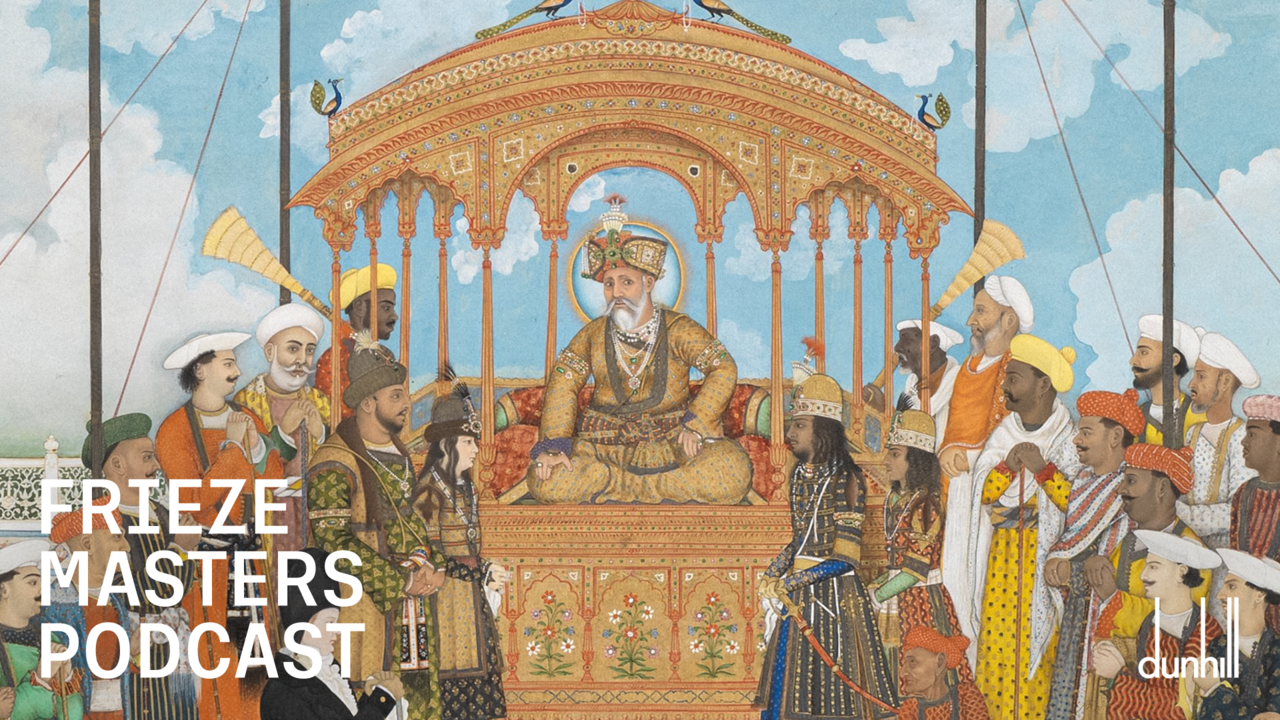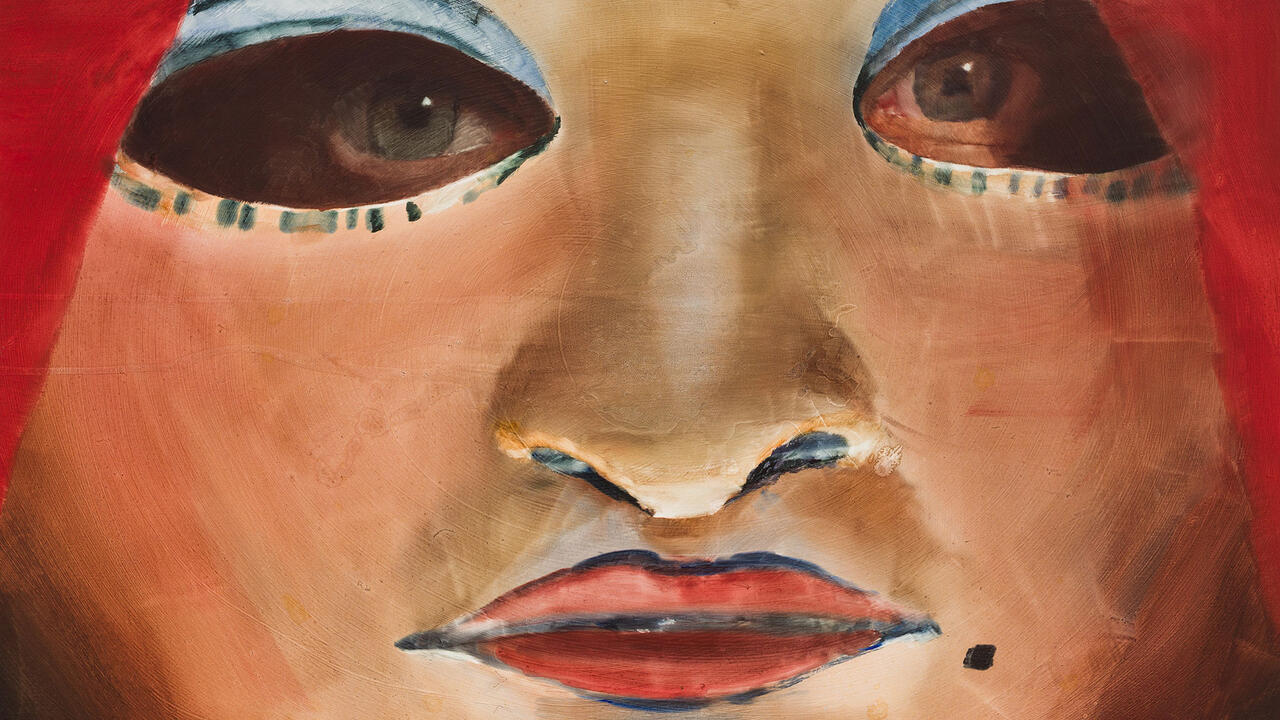Real English Tea Made Here
William S. Burroughs (Audio Research Editions, 2007)
William S. Burroughs (Audio Research Editions, 2007)

An invisible hand presses the record button on the radio, then stops: advertisements vying with weather reports for the New York area are intercut with news stories about death in its various forms – murder, plane crashes, foreign wars. Then the low, slow voice intones: ‘Sometimes happens just an old showman smell of sickness in the room Switzerland Panama City machine guns in Baghdad pieces of finance on the afternoon wind.’
Recorded in 1965, the 33-minute ‘Puertos De Los Santos’ is one of the rare and previously unreleased William S. Burroughs cut-up tapes collected on the triple-CD album Real English Tea Made Here. Focusing on material assembled during the mid-1960s, this well-packaged treasure trove – with great contemporary photos and an informed essay by associate Barry Miles – reasserts Burroughs’ avant-garde influence as it takes you backwards and forwards in time.
These tapes were recorded as an extension of the cut-up method that Burroughs and Brion Gysin had been applying in print since the very late 1950s and were still working on in the mid-’60s. The idea – first mooted by the Dadaists – was that collage, random-ness and simultaneity destroyed conventional notions of time, space and linear narrative, and thus freed the practitioner and receiver to detect an alternative, if not underlying, reality.
This may seem tame 20 years into the industrial use of sampling technology and 30 years since the first definitions of Postmodernism, but Burroughs still has the power to shock. The tapes are unrelenting, like his monotone delivery, casting curses on the world that he scans through his radio and his microphone. The phrases leap out at you: ‘towers open fire’ … ‘we attack’ … ‘yesterday’s tomorrow’ … ‘a path leading to the grave’.
Sonically, the tapes are raw: the timbre is trebly, distorted, never more so than when Burroughs lets rip on the radio static, as he does on ‘Towers Open Fire’. On ‘We Are the Night Family’ a slice of typical Burroughsian boy porn is interspersed with an account of being searched by US customs: the sense of general, if not cosmic, queasiness is enhanced by the wobbling sound of the tape being moved rapidly back and forth over the playback head.
There is a direct link between these tapes and pop music. In late 1965 Burroughs recorded a series of pieces in Paul McCartney’s experimental studio in Montagu Square: would The Beatles’ track ‘Tomorrow Never Knows’ (1966) exist otherwise? Similarly, the recording of his voice – on ‘23 Skidoo’ – playing against itself at two different speeds foreshadows the Velvet Underground’s cut-up epic ‘The Murder Mystery’ (1969).
But most of all you can hear New York and the USA in the mid-’60s. Fire engines roar past, obliterating all meaning and sense. The radio chatters endlessly, interspersing gloopy sentiment and hard-sell ads with war, money and mayhem. Like Andy Warhol, Burroughs was an outsider who saw the death drive that lay, and still lies, beneath his country’s materialistic propaganda. Try scanning the media now, and you’d get a similar result.















